
12 minute read
XJ RS WHOOPS
LET'S TAKE THAT BACK
One owner and 8969 miles - but it's NOT the historic car we were told ...
Advertisement
Words - Les. Hughes
Images - Jaguar Magazine
THE STING WAS NEARLY ON US. WE BELIEVED OUR intended cover car would highlight the first official XJR-S built by Jaguar and TWR's JaguarSport. It is in the U.S., and has had a single owner who added 250 miles in 33 years! It all seemed like ‘greatness’, but we had no idea we were being set up!
First we need to explain an XJR-S. They are rare. After John Egan took control of Jaguar early in 1980 he had just two models in his arsenal - the Series 3 XJ and slow selling XJ-S which was taken out of production for some months ... He began by winning back the trust of his workforce, and having them understand their role in boosting productivity. He worked on quality and reliability by implementing testing and quality control, and setting high targets - especially in North America.
In 1981 the XJ-S was up-graded into the thoroughly more appealing HE. Determined 40 year old Egan was looking for every opportunity to rebrand Jaguar and increase sales.
Enter fanatical Scottish-born racing driver and TWR race team owner Tom Walkinshaw. He ran his business from a small town outside Oxford, and was engaged by Mazda to run its racing programme in the European Touring Car Championship with the rotary RX7. He also ran the works Rover team.
But Walkinshaw was hell-bent on growing his business and personal racing success, so approached Egan to propose entering an XJ-S against his own Rovers in the 1982 ETCC season! Jaguar would donate one of its hard-worked roadregistered engineering hacks as his first race car, then reward Walkinshaw based on podium results. The rest is folklore.
TWR was endorsed as Jaguar’s entry from 1983, and in 1984 would win the Spa 24 Hours classic race with Tom driving, and he took out the European Touring Car Championship defeating BMW - and Rover! There was an unexpected single race in 1985 for three of the four 1984 TWR XJ-Ss - Bathurst. TWR and Jaguar ranked the XJ-S and Spa wins as its most important then.
Walkinshaw’s relationship with Egan was close, both sensing how useful each other was for their respective needs. While Tom's unconstrained ambition would eventually bring him down, he could do no wrong then. He expanded into Jaguar retail sales, and in 1984 founded JaguarSport for road cars.
He saw his new creation as Jaguar’s BMW ‘M’ and MercedesBenz AMG. It was announced at the Brussels Motorshow in January 1984. Using its V12 sports racers over the next four years, TWR expanded its racing into the U.S., winning the Daytona and Le Mans 24 Hour races for Jaguar in 1988.
The road cars were higher performance versions of the XJS, XJ6 and XJ12, are particularly rare, but faked often due to TWR’s ‘poor’ record keeping. Further confusion is caused by the official production of later 'JaguarSport' cars from the business co-owned by Jaguar and TWR from 1988.
A number of pre-1988 TWR XJR-Ss were delivered to Europe and the USA, but again, specific numbers are not known. Jaguar Heritage states it has no data.
It is likely only three hundred or so were produced in three years, thirty-nine of them receiving the TWR-built 6.0 litre V12.
They were badged simply as 'XJ-S', as opposed to 'XJR-s' and 'XJR-S' on later models. Badging is, however, inconsistent. Some have only a TWR JaguarSport badge, and others have no TWR badging at all.
Mechanically, the XJR-S received a full-flow exhaust which resulted in a ten percent power increase. The steering was recalibrated for more feel, while beefed-up vented discs plus stiffer shock absorbers were especially designed for it by Bilstein. There was too that expensive option of a 6.0 litre V12, plus a ‘quick shift’ three-speed auto - or a five-speed manual gearbox.
JaguarSport changes had a huge effect, transforming the XJ-S into a harder sports car without losing its grand tourer origins. “Wheeling the TWR Jaguar XJ-S out into a narrow road is as easy as driving the family sedan – it’s that docile,” said Road&Track in August 1985. “The five-speed is smooth, the shifts are easy and the modified V12 just purrs along. Hit an open stretch of clear road and nail the throttle – it takes off like a scalded cat with barely a ripple to upset the occupants.”
Complete cars were trucked from Coventry and modified at TWR’s Station Field Estate in Kidlington, then later the XJ220 and Aston Martin DB7 factory near Banbury.
Sadly, 1988 was the high point in Tom Walkinshaw's business career. Between then and 1989, 326 5.3 litre XJR-Ss were manufactured, and after September 1989 the 6.0 litre became standard. It stayed in the line-up until 1993 with 837 Coupés sold. Of the 6.0 litre Coupés just 87 were manufactured in 1989, 122 in 1990, 65 in 1991, 249 for 1992 and 23 in the final year.
UK journalist Andrew Frankel was not an XJ-S fan until he and a team took an XJR-S on a two day trip with a Porsche, Ferrari and a BMW. He was shocked. "The XJR-S had all the class of a true supermodel. It was December 1990, and we left London in filthy weather for Castle Combe. The plan was to spend two days to find not simply which was the most exciting or quickest, but also which made most sense in all conditions.
"One was clearly better. It was the XJR-S, cheapest of the lot. To say we were surprised scarcely does it justice. The Porsche 928GT was well-known as the best all-rounder, the BMW 850i was new and fearsomely equipped but the Ferrari Mondial was, well, a Ferrari. No one was more flabbergasted.
“While I have always appreciated the creamily smooth ride quality and punch of the V12, I had only grudging respect. The XJR-S changed all that. The noise was splendidly rich and complex, possessing more soul than the V12 under the bonnet of any BMW or Mercedes. Better still, 3621b ft of torque meant that, for the first time it had an engine that really meant there was no need for any more than three speeds.
“It’s as hard to believe now, but the simple truth is the old, front engined Jaguar was just better at the business of getting around a corner than a mid-engined Ferrari. While the Italian was busy skittering from entry point to apex, the Briton would barrel through with no effort and be gone.
01 What we didn't know ... for around 24 years the same XJR-S was left neglected in this dirt -floor barn before being hauled out in May, 2022. The wheels would not turn, and it took three months to return it to pristine.
02 Not rust, but an accumulation of mouse droppings and dirt on the rear deck when rescued from the barn.

03 A factory XJR-S parked at Jaguar's Browns Lane plant, outside the then recently revamped main entrance.

04 The scene is Le Mans paddock in 1988 when Jaguar won the race for the first time in 31 years with its Silk Cut XJR-8. The XJ-S and XJ40 were modified by TWR.

01/02 The car as found and badly neglected. It was taken to a specialist workshop where it was restored but where other unanswered questions arose.
“Suddenly, we realised we were looking at the true successor to the E-Type; a car capable of doing to the likes of the Mondial what the E-Type had done to the 250GT.”
Getting back to our featured car, it is the XJR-S we were told by its owner was historically the most significant. It was built in August 1988, we were assured it was manufactured by JaguarSport for Jaguar’s use - and was recognised in the U.S. as the first XJR-S from JaguarSport.
It was claimed factory archivists in the U.S., the lateKaren Miller and late-Mike Cook, stated it was driven by Walkinshaw, President of Jaguar Inc, Graham Whitehead and Mike Dale, his replacement. It was said it was delivered for U.S. dealers to sell the XJR-S and display at shows throughout the country.
With the 1991 arrival in New Jersey from Sydney of Australian ex-Jaguar PR boss John Crawford, to head that same division in North America, the facts take on a different meaning. John told us: “The XJR-S was the product of TWR, and the Jaguar view was that the retail price (dreamed up by Walkinshaw) was too high. Dealers didn’t want to know about it, but Tom already had the model approved for sale in the U.S. - at a massive cost.
“I knew nothing about it, but in May 1992 CEO Mike Dale was on vacation so I was asked to chair that month’s Board Meeting. Unknown to me also, Jaguar Cars Chairman Nick Scheele had been putting huge pressure on
Mike to override the dealers and take the XJR-Ss because he had to pay TWR’s bill for U.S. homologation. It was huge. Nick knew he had to pay, but wasn’t going down without a fight. One of our items was an infamous red XJR-S, but I had a riot on my hands from our VP of Marketing and the VP of Sales who reiterated what the dealers had told them. They voted to pass the item and move on.
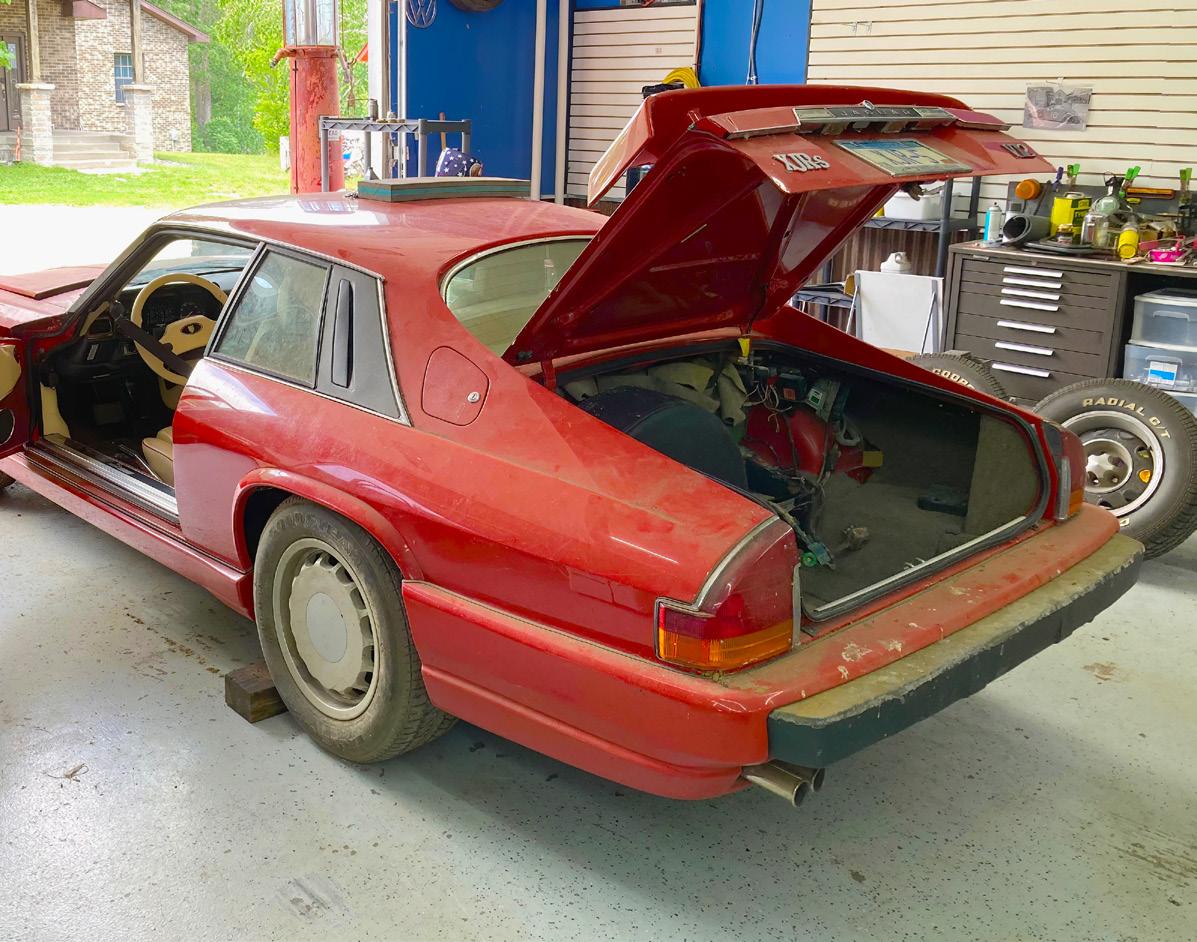
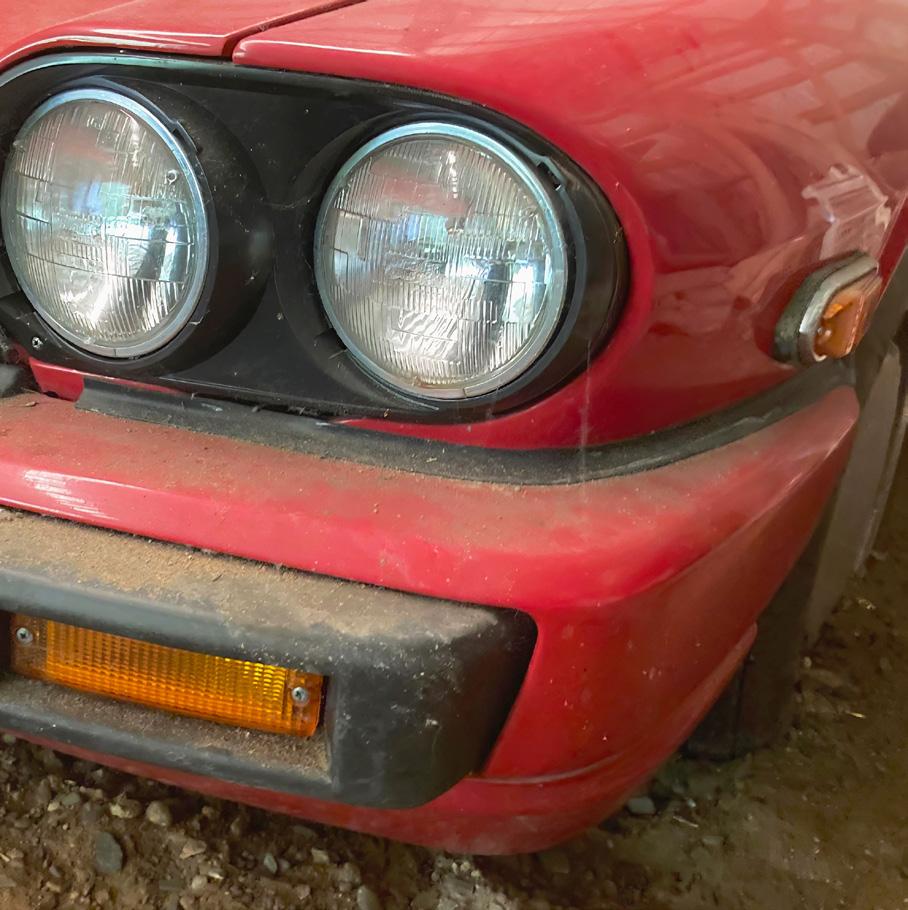
“I got so fed up I went into Mike’s office to call Nick on his private line. He was very patient because I didn’t know the background. When he explained Jaguar MUST pay TWR I knew it was a fait-accompli. The USA would take some. We horse-traded for 15 or 20 minutes, then I said that to keep faith with the dealers we should not take a lot, and maybe badge them as a limited edition. Eventually, I said in some frustration: ‘Okay, how few can we take and still contribute to paying the bill, Nick?’ He sighed and (giving in) said: ‘You’ll have to take 100 cars.’ I said: ‘From the dealers perspective let’s make it simple. We’ll take the 100 - 50 Coupés and 50 Convertibles - 25 Coupés would be red and 25 black - 25 Convertibles would be red and 25 black’. Nick was thrilled, and said: ‘Good on you JC. I’ll have your back if there’s blow-back when Mike returns'.
“There wasn’t. Mike was relieved he had nothing to do with it, and told dealers Nick had got me at a weak moment. At the next Board meeting in Coventry Mike took me along (very, very rare) and he, Nick and I went out to dinner to celebrate settling the problem. I certainly won my spurs with Mike, and even got the grudging approval from the seven other VPs. However, as it was my doing Mike charged me with sourcing the badges, getting them engraved and distributed to the guys at the port who fitted them. I had a friend at Garrards in London, and she fixed me up with their NY manager. Garrards produced the engraved sterling silver plaques - and we got a discount!
“It would be interesting to know what TWR charged for homologation, design, manufacture, fitting, final tweaks and cleaning up the margins. I would have thought the TWR profit would have been huge. Jaguar Directors in Coventry David Boole and Roger Putnam, had earlier pointed out to soon-to-be 'Sir' John Egan, the more projects Jaguar out-sourced to TWR the more they lost. Our only profit was in moving standard XJ-S Coupés and Convertibles - about USD$1100 per car!”
Our story goes south from here but, fortunately, we discovered in time we were being used to endorse false history. The truth is there is no oral or written history to prove the featured XJR-S is anything like a prototype.
The owner told us: “I was at the Minneapolis Auto Show where I saw this beautiful red Jaguar. Somebody told me it was a pre-production machine, it looked sensational, and I was even more interested because it was a prototype. Those on the stand told me it was the only one in the U.S., and was some sort of test bed. Several weeks later I stopped by and saw it while it was being readied for England.
“I enquired if it was for sale, and was told it belonged to Jaguar Cars, so asked them to call England. The manager said I could sit in the XJR-S while he spoke. He had the phone on speaker, so I heard them say it was supposed to come back, but the gentleman at Jaguar remarked that selling it in the USA would save the freight cost.
“Within five minutes I left in it and took it straight to storage. For the next almost 33 years it was started frequently and correctly maintained. I learned it was a 6.0-litre brought to the USA legally as an XJ-S - not an XJR-S. In 2022 I contacted Jaguar’s Museum in England, who suggested I contact Jaguar Magazine - and here we are.
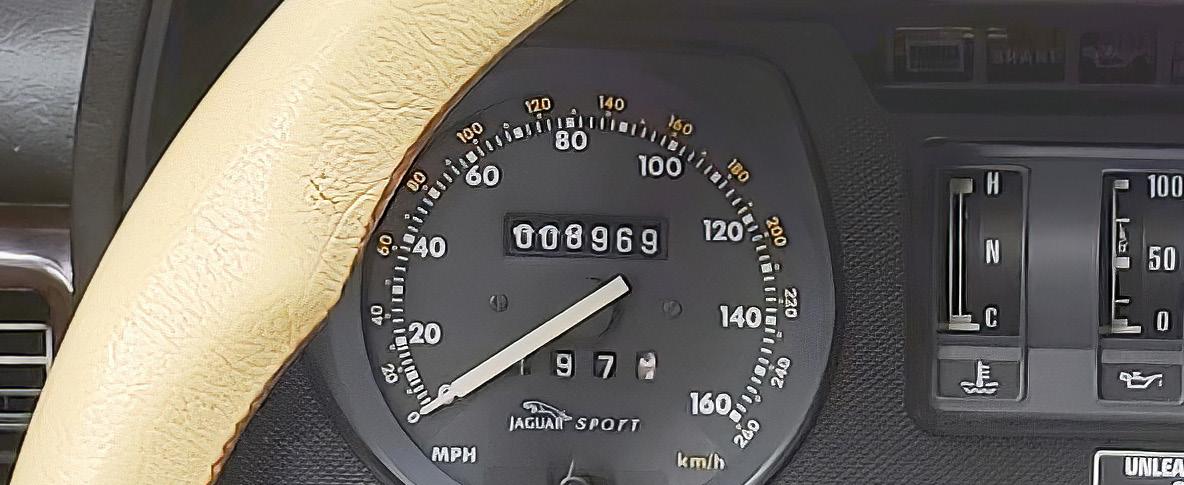
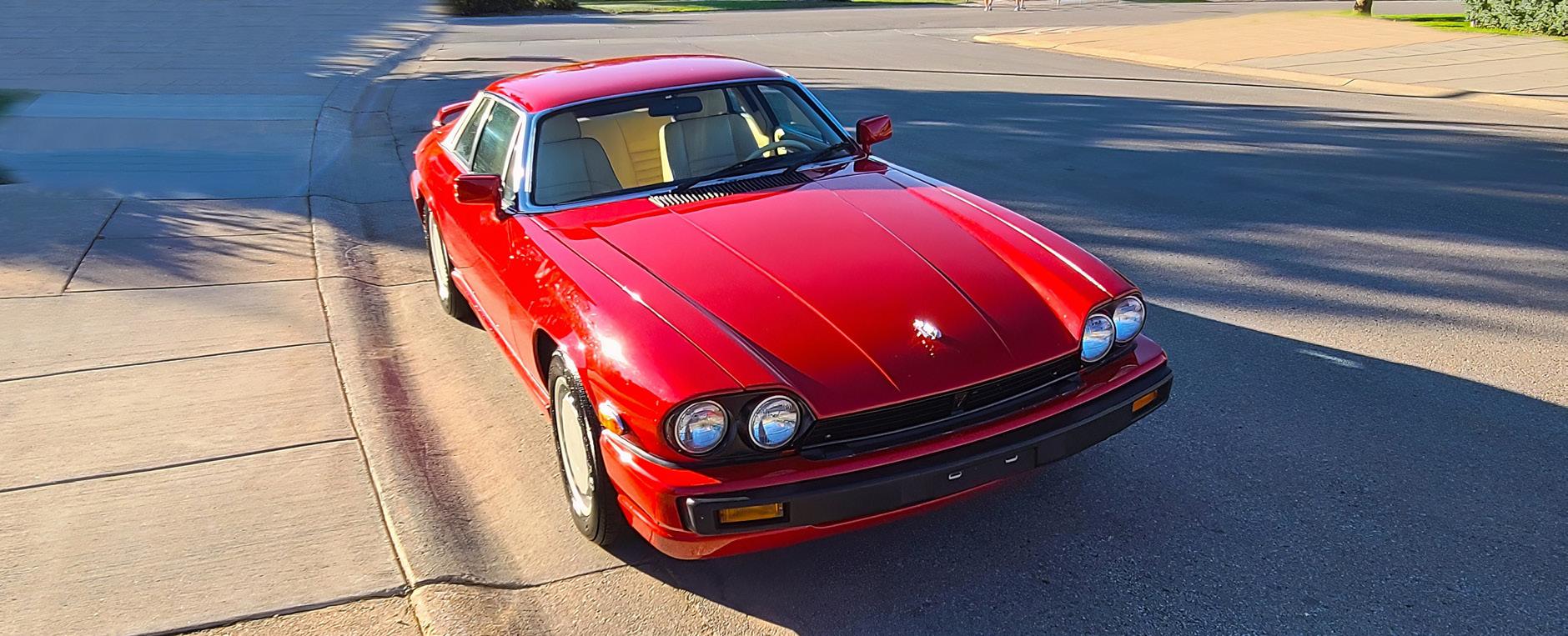
“Because it had been out of sight it was believed this precious XJR-S had been lost, but it is still in showroom condition.”
That isn't the end. Our extensive research to prove the facts showed we were largely being sold the proverbial 'pup'! We located the real prototype XJR-S. It was Bordeaux Red, built in right hand drive to U.S. specifications, not registered until 1990 and sold in the UK for £12,932 during 2018. It has never left the country.
Further investigation blew the owner's story into the weeds. We couldn't believe anything.
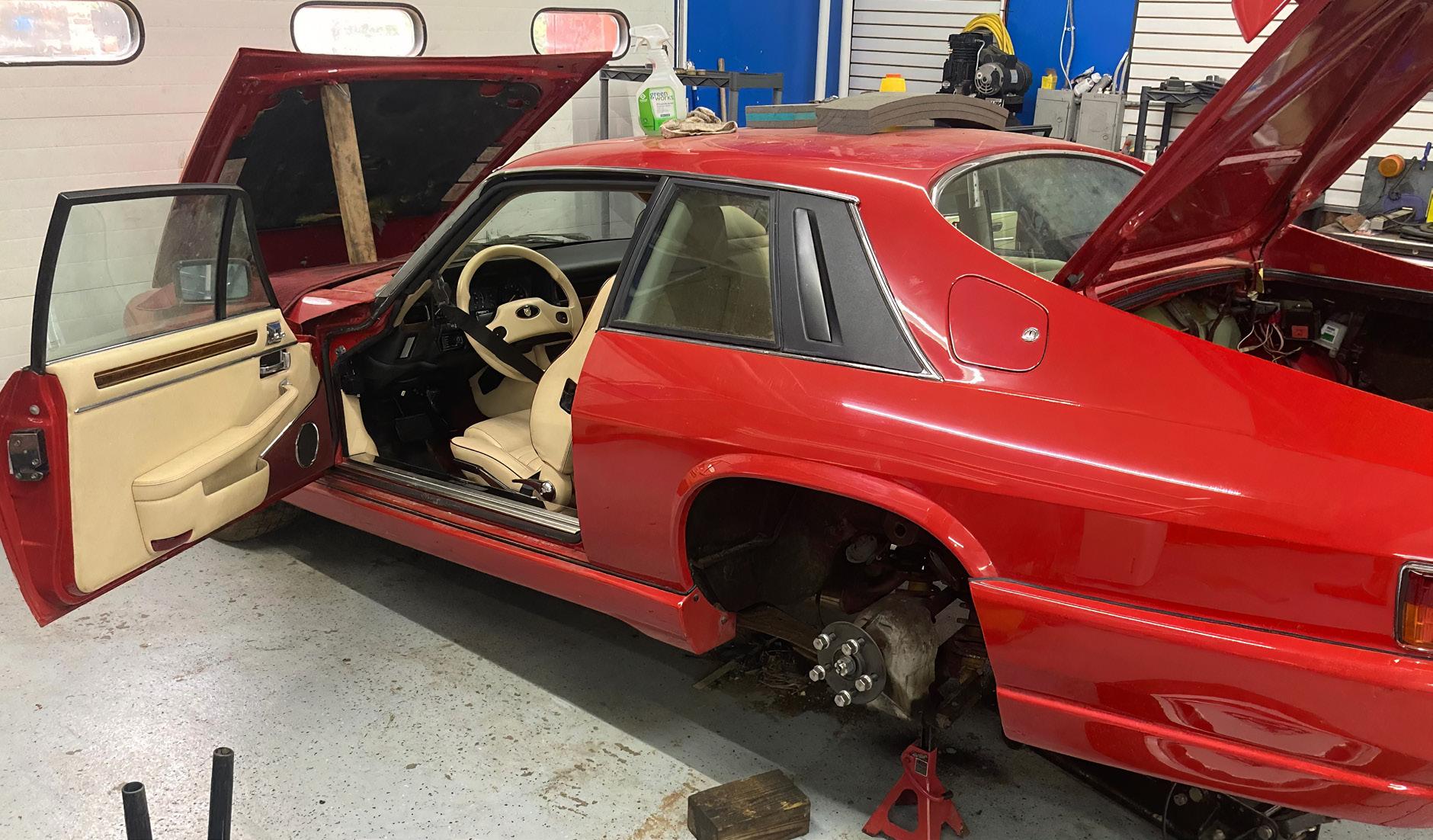
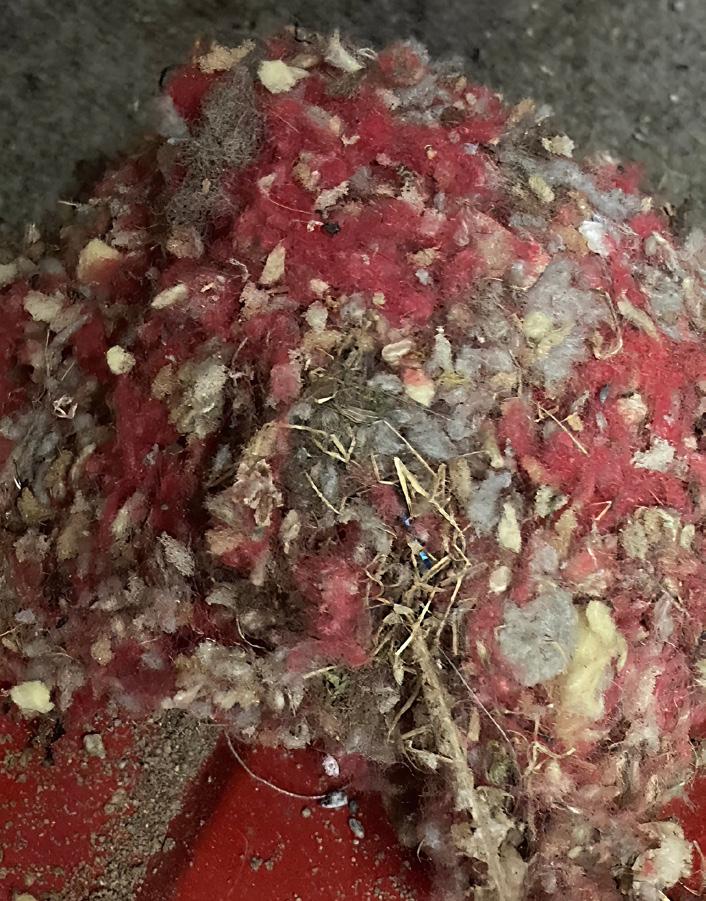
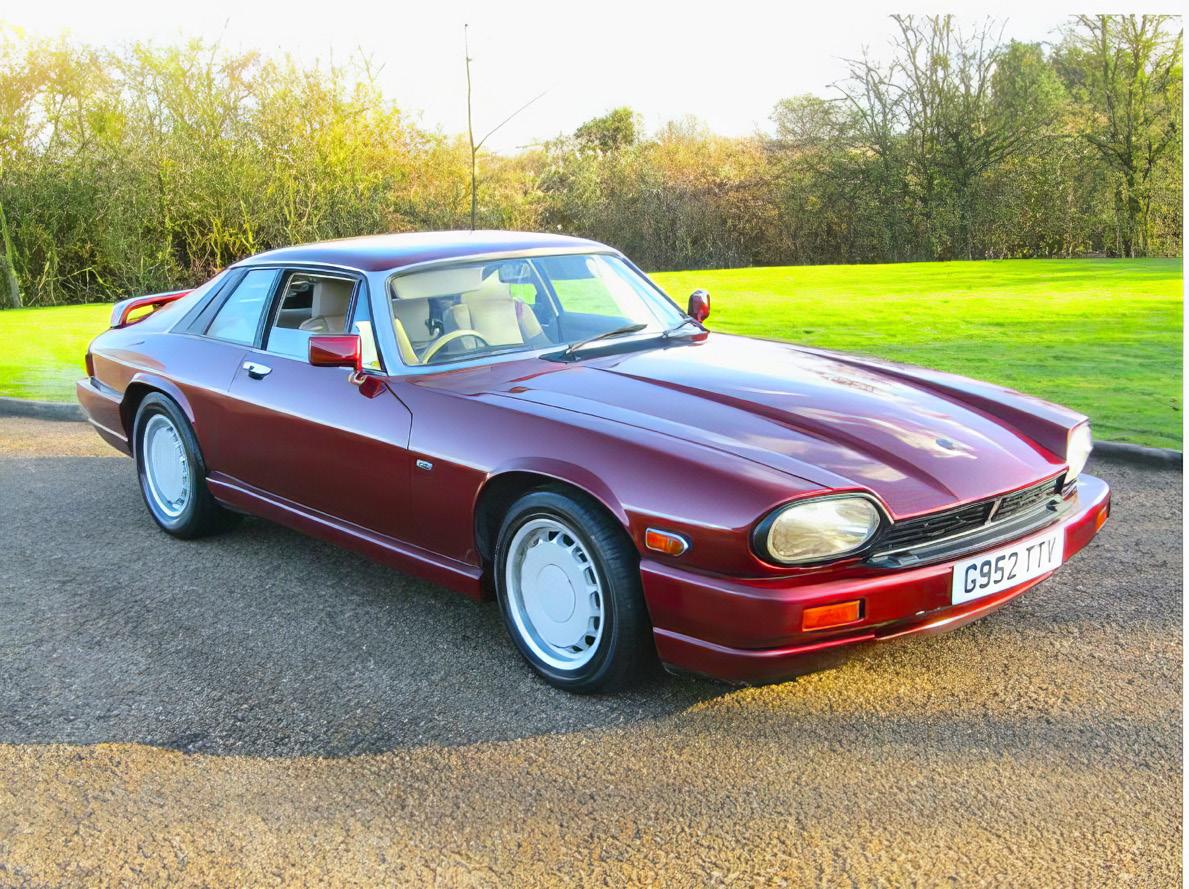
The truth is it was abandoned and neglected in a mouse infested dirt floor barn from probably 1998 until early 2022! It lay there in the property owned by a friend who had passed away in 2021 without the car’s owner realising.
It gets even more ugly.
The estate of the deceased was offered for sale by his family, and included the Jaguar which they knew nothing about. The car hadn't moved from the spot in the barn the entire time it was there. An enthusiast who inspected the estate, including the Jaguar, said the car was full of mice, smelled of mildew, the brakes were jammed stuck, the fuel in the tank was disgusting and the headlining had dropped.
Additionally, the estate was owed $30,000 for twenty-four years of garage space and were insistent it not be returned to the owner. The estate was sold to a dealer in such things, and apparently the car was included at US$2500. Fortunately that local car and bike enthusiast saw it and sensed it needed to be saved from scrapping. That was in May 2022, and while picking up items from the barn he was told the Jaguar was actually the property of a friend of the deceased. Its documentation was still with that original owner who was unknown.
He would have liked to have bought the Jaguar and restored it, but was not interested without the ownership title. He therefore tried to find the true owner and eventually discovered a phone number. However, nobody picked up, and his messages were not returned. Then he finally sent a photo of the car in the barn - and got an immediate response!
The owner of the estate employed that same person to restore the XJR-S, but the mechanic was in an uncomfortable position because he now knew who the true owner was. The only trustworthy person in this entire story appears to be that mechanic who spent three months bringing it back to immaculate order overall. He still believed it should be returned to the genuine owner far away, so listed it on Ebay, and got an immediate reaction from the estate owner who was told the car had been sold, but he was happy to bring in the Sheriff to sort the issue out!
It goes on ...
He moved the car from his property on a Sunday night sensing a problem, and sure enough, that occurred the very next morning. The estate dealer was in touch with his lawyer who said not to let anyone move the Jaguar. He was then told it had been taken away the previous evening!
The mechanic had endured enough stress, and agreed to tow the car to its real owner in return for fuel costs. Phone calls between them resulted in his being told the car was going to be on our cover, buyers from Japan were interested and it was worth millions. He added he had never driven it!
We have additional photos of it being dragged out of the barn on a tow rope with the wheels locked solid. It took hard work to get sorted before being returned in August 2022, after which a major effort was begun by the original owner to cash in. That's when we came into the picture, and thank goodness we didn't take the 'facts' given to us at face value. We will continue to find the truth behind this XJ-S cum XJR-S, but it is possible it was shipped to the U.S., and some time later converted there to XJR-S trim. There is no evidence it is a prototype or was ever used by Jaguar.
The VIN shows it is a regular XJ-S - so unless somebody comes up with hard facts you should forget any other historical claims being made. We continue to be amazed by people.










